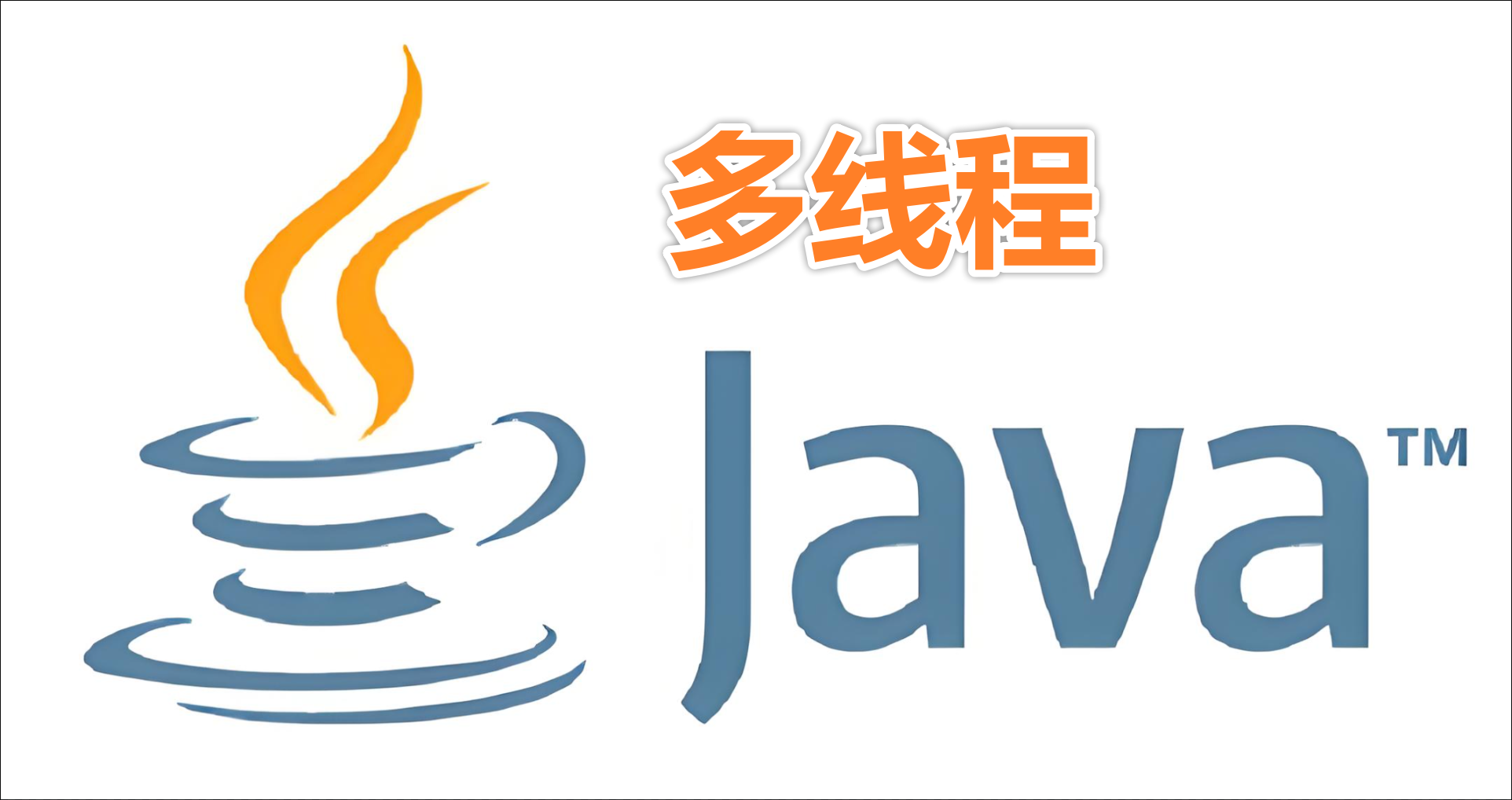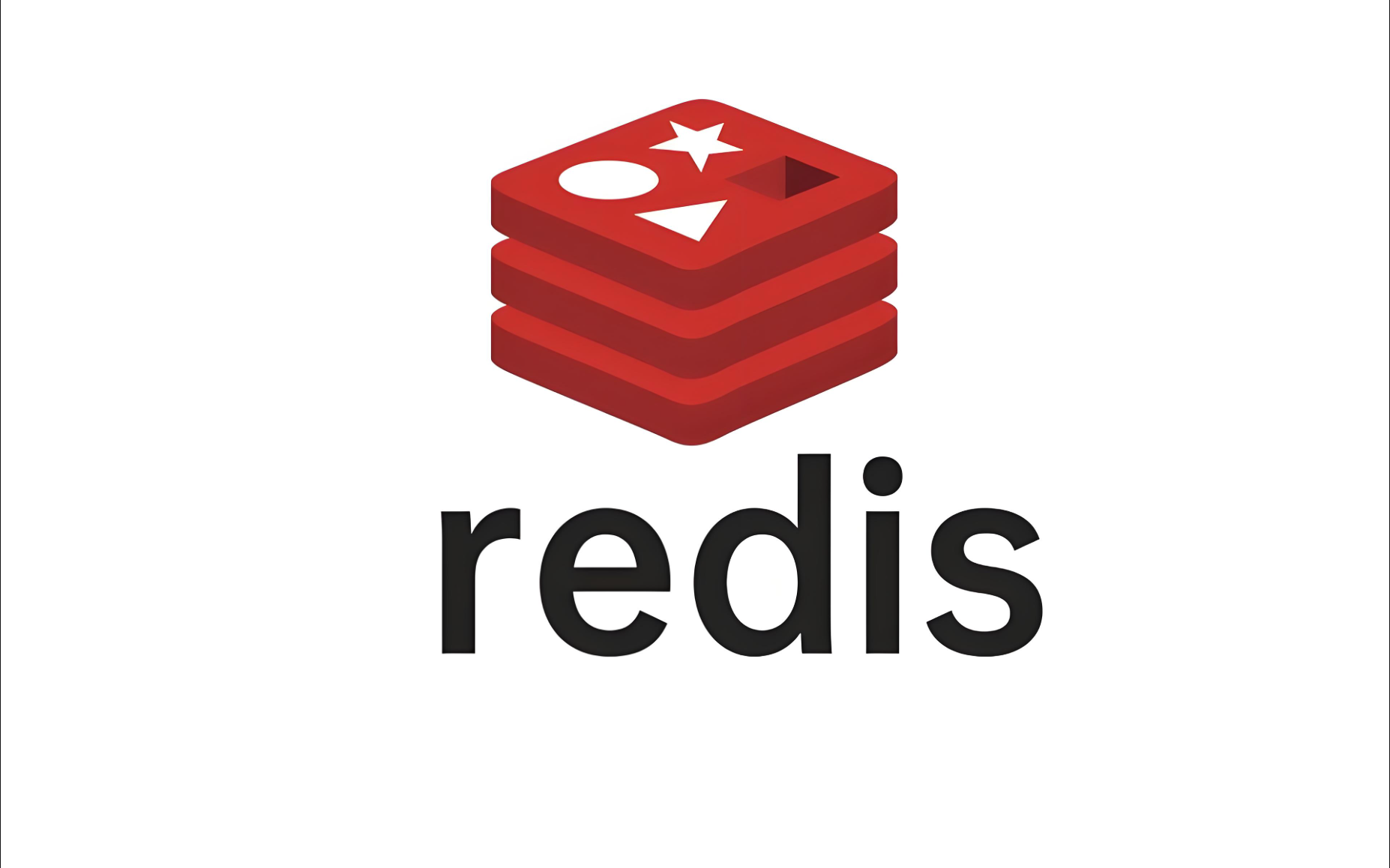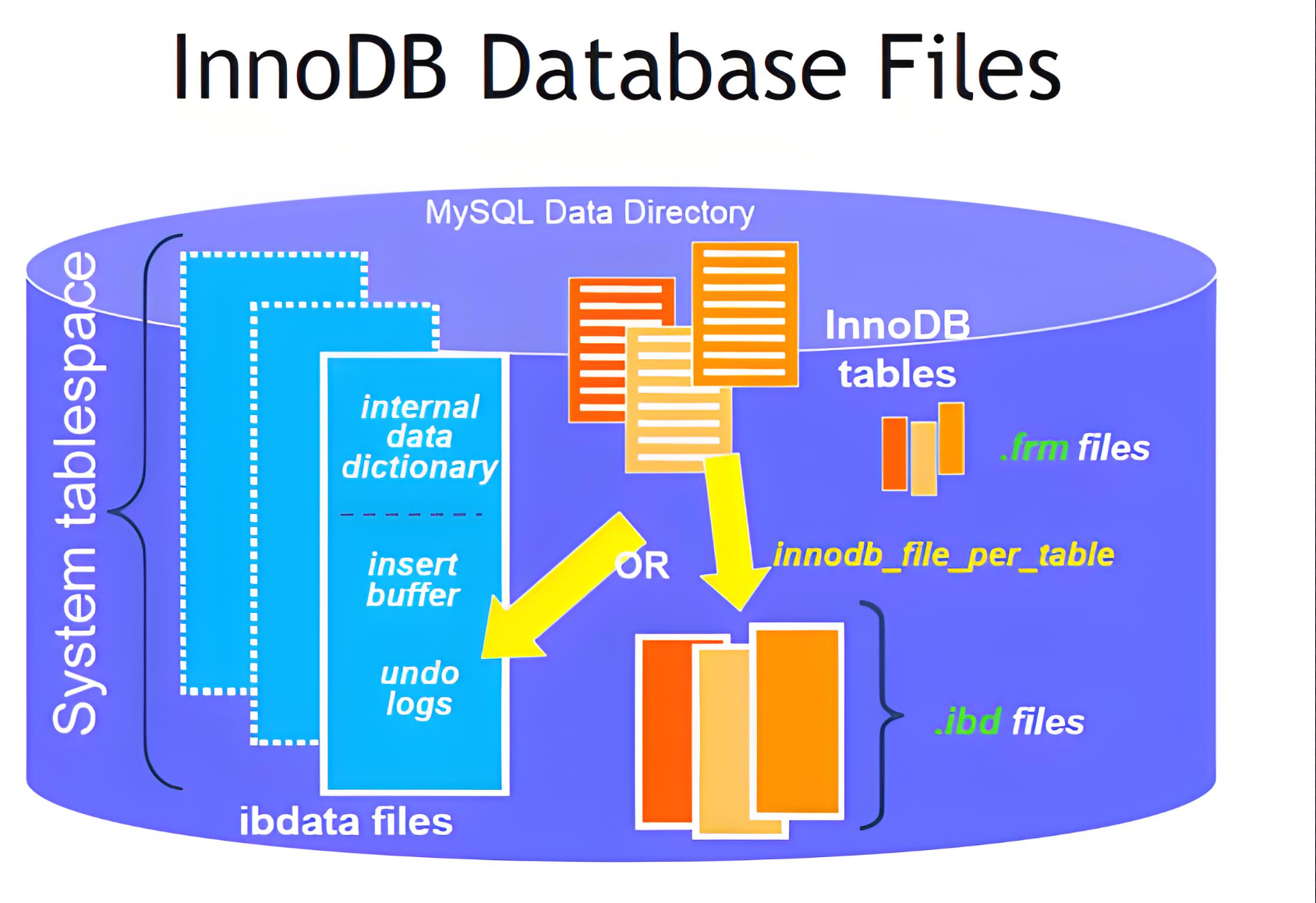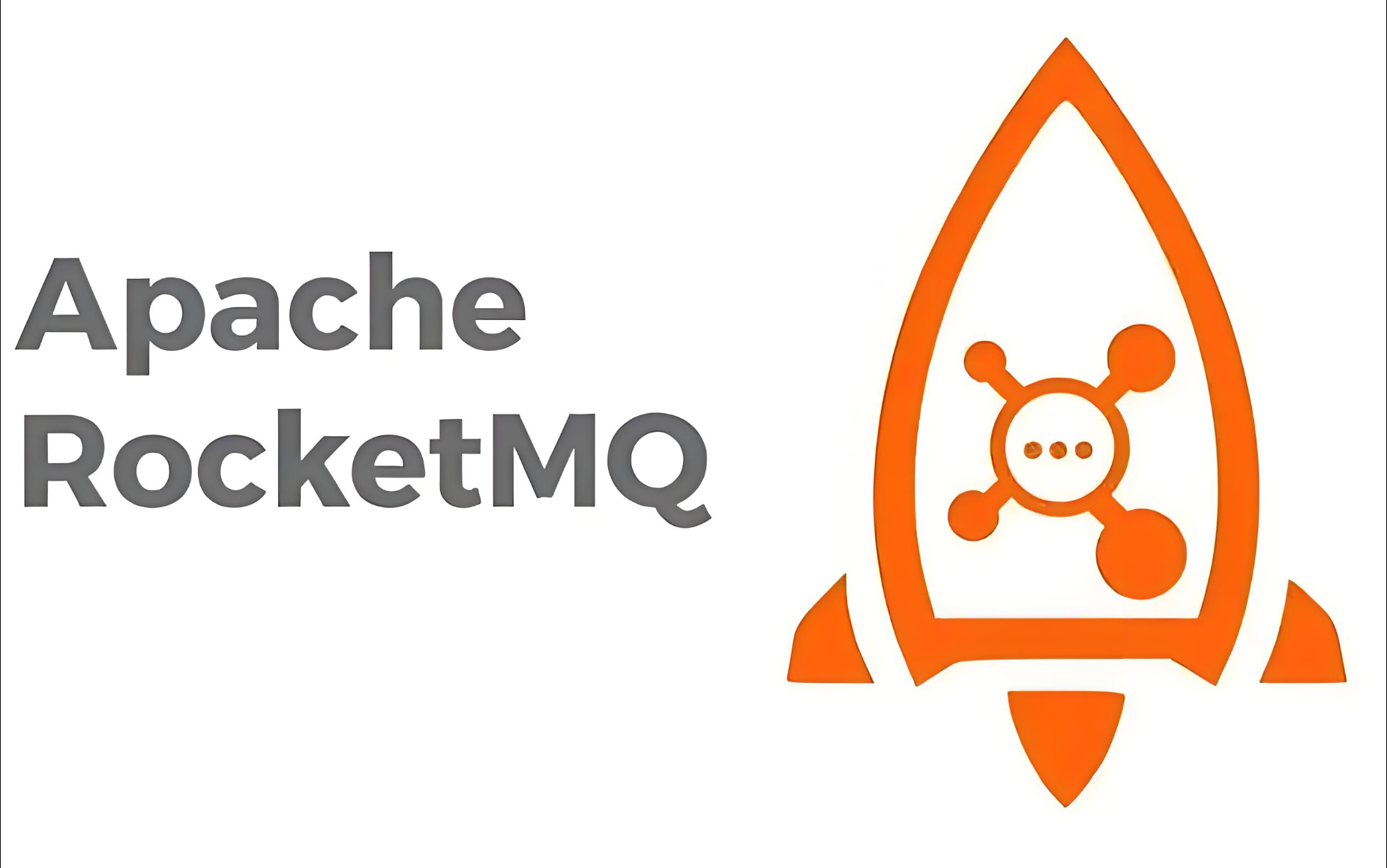基本数据类型和包装类 Java八种基本数据类型分为四类八种,四类分别为整型、浮点型、布尔型、字符型;八种分别为byte、short、int、long、float、double、boolean、char;
基本数据类型
包装类
字节数
位数
范围
默认值
整形
byte
Byte
1
8
-127,128
0
sort
Sort
2
16
-2^15,2^15-1
0
int
Integer
4
32
-2^31,2^31-1
0
long
Long
8
64
-2^63,2^63-1
0L
浮点型
float
Float
4
32
0.0f
double
Double
8
64
0.0d
布尔型
boolean
Boolean
1
8
true,false
true
字符型
char
Character
2
16
一个字符
'\u0000'转化为int为0
为什么需要基本数据类型 Java是一门面向对象的语言,万事万物都是对象。在Java中我们需要new来创建一个对象,这个对象会储存在堆里,通过栈中的引用指向这些对象。但是对于这些我们经常使用的数据类型这样的做法不是很高效,所以Java引入了基本数据类型将这些变量直接保存在栈中。
为什么需要包装类 基本数据类型不属于类,它们没有类的性质。为了让基本数据类型拥有类的性质,Java为每一个基本数据类型提供了它们的包装类,使得它们有类的性质。这些包装类提供了许多属性和方法,丰富了基本数据类型的操作,使得程序员使用更方便,开发更高效。
装箱与拆箱
自动装箱 基本数据类型——>包装类(原理是调用了valueOf方法)
自动拆箱 包装类——>基本数据类型 (原理是调用了xxxValue方法)
1 2 3 4 5 Integer i1 = new Integer (10 ); Integer i2= 10 ; int n = i;
Integer的valueOf方法的具体实现 1 2 3 4 5 6 7 8 9 10 11 12 13 14 15 16 17 18 19 20 21 22 23 24 25 26 27 28 29 30 31 32 33 34 35 36 37 38 39 private static class IntegerCache { static final int low = -128 ; static final int high; static final Integer cache[]; static { int h = 127 ; String integerCacheHighPropValue = sun.misc.VM.getSavedProperty("java.lang.Integer.IntegerCache.high" ); if (integerCacheHighPropValue != null ) { try { int i = parseInt(integerCacheHighPropValue); i = Math.max(i, 127 ); h = Math.min(i, Integer.MAX_VALUE - (-low) -1 ); } catch ( NumberFormatException nfe) { } } high = h; cache = new Integer [(high - low) + 1 ]; int j = low; for (int k = 0 ; k < cache.length; k++) cache[k] = new Integer (j++); assert IntegerCache.high >= 127 ; } private IntegerCache () {} } public static Integer valueOf (int i) { if (i >= IntegerCache.low && i <= IntegerCache.high) return IntegerCache.cache[i + (-IntegerCache.low)]; return new Integer (i); }
从这段代码可以看出,在通过valueOf方法创建Integer对象的时候,如果数值在[-128,127]之间,便返回指向IntegerCache.cache中已经存在的对象的引用;否则创建一个新的Integer对象。
下面是一个例子
1 2 3 4 5 6 7 8 9 10 11 public class Test1 { public static void main (String[] args) { Integer i1 = 50 ; Integer i2 = 50 ; Integer i3 = 250 ; Integer i4 = 250 ; System.out.println(i1==i2); System.out.println(i3==i4); } }
输出结果为
上面的代码中i1和i2的数值为50,小于缓存大小,因此会直接从cache中取已经存在的对象,所以i1和i2指向的是同一个对象,而i3和i4则是分别指向不同的对象。
Integer的intValue方法的具体实现 1 2 3 4 5 6 7 8 9 10 11 12 13 14 15 16 17 18 19 20 21 private final int value;public Integer (int value) { this .value = value; } public int intValue () { return value; }
Integer类中value属性存放了Integer对象的值,intValue方法直接返回value的值就可以了。
Boolean的valueOf方法的具体实现 1 2 3 4 5 6 7 8 9 10 11 12 13 14 15 public static final Boolean TRUE = new Boolean (true );public static final Boolean FALSE = new Boolean (false );public static Boolean valueOf (boolean b) { return (b ? TRUE : FALSE); }
下面有个例子
1 2 3 4 5 6 7 8 9 10 11 public class Test1 { public static void main (String[] args) { Boolean b1 = false ; Boolean b2 = false ; Boolean b3 = true ; Boolean b4 = true ; System.out.println(b1==b2); System.out.println(b3==b4); } }
输出结果为
布尔型在装箱时调用valueOf方法返回的都是一个Boolean对象的索引。
Boolean的booleanValue方法的具体实现 1 2 3 4 5 6 7 8 9 10 11 12 13 14 private final boolean value;public Boolean (boolean value) { this .value = value; } public boolean booleanValue () { return value; }
通过查看其它类的该方法的源码之后,可以得到该表:
包装类
vauleof
Byte
缓存(-128,127),且byte值的范围也是(-128,127)
Short
缓存(-128,127)
Integer
缓存(-128,127)
Long
缓存(-128,127)
Float
没有缓存,new一个对象
Double
没有缓存,new一个对象
Boolean
直接返回,不new
Character
缓存(0,127)







